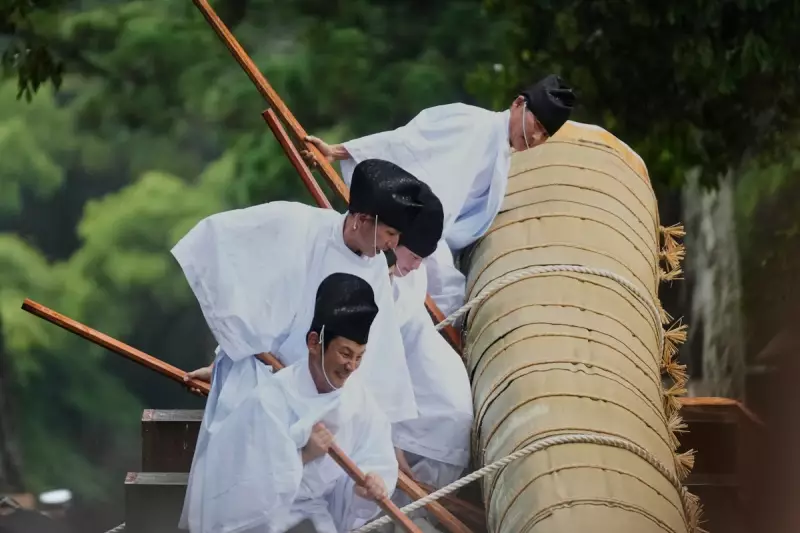
A silent crisis is unfolding within the sacred groves of Japan, as the ancient Shinto religion confronts a modern-day dilemma: a rapidly ageing priesthood and a steep decline in devoted congregations. This demographic time bomb threatens the very fabric of a spiritual tradition that has shaped Japanese culture for millennia.
Across the country, thousands of Shinto shrines, from grand imperial sanctuaries to humble local jinja, are facing an uncertain future. The core of the issue lies in a stark generational gap. Many priests are now elderly, with a significant number over the age of 70, and there are simply not enough young people stepping forward to take their place.
The Vanishing Congregation
The problem is twofold. Not only is the line of succession for priests breaking down, but the communities that traditionally supported these shrines are also evaporating. Rural areas are experiencing severe depopulation as younger generations migrate to cities for work. This exodus leaves behind ageing communities that can no longer provide the financial support or volunteers necessary to maintain a shrine.
As a result, many smaller shrines are being abandoned or consolidated. Some are left completely unattended, their gates locked and their rituals forgotten. Others are maintained by volunteers or by priests who must oversee multiple shrines, stretching their resources perilously thin.
Why Young People Are Turning Away
Several factors contribute to the lack of new recruits. The path to becoming a Shinto priest requires rigorous training, often at a specialised university, but the career offers modest financial rewards. For many young Japanese, the allure of corporate jobs in Tokyo or Osaka outweighs the call to a life of spiritual service.
Furthermore, the connection between younger Japanese and organised religion has weakened. While many still participate in Shinto rituals for festivals, New Year celebrations, and life events like weddings, a deeper, daily devotion is increasingly rare.
A Fight for Survival
In response, some within the Shinto community are fighting back. Efforts are being made to modernise the religion's image and make the priesthood more accessible. There are initiatives to promote shrines as community hubs for cultural events, not just religious ceremonies, in an attempt to attract a broader audience.
However, the challenge is immense. The future of Shinto may depend on its ability to adapt to 21st-century Japan without sacrificing the essence of its ancient traditions. The quiet closing of a local shrine represents more than just the loss of a building; it signifies the fading of a unique spiritual heritage that has been a cornerstone of Japanese identity for centuries.





